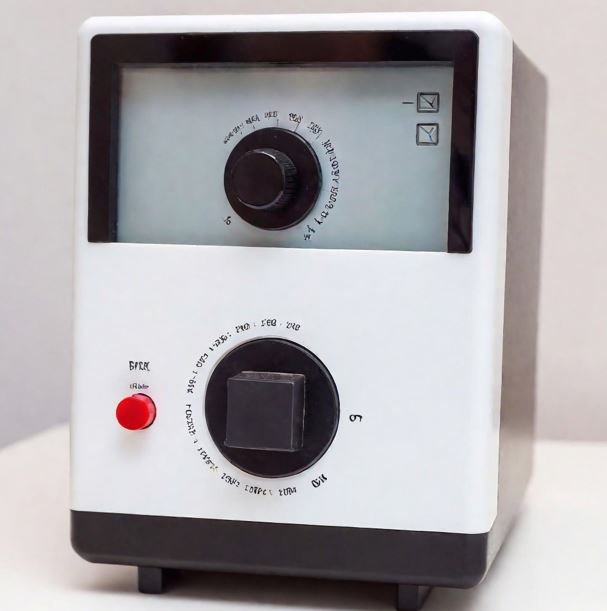How to Handle Current Transducer
In today’s world of complex electrical systems, controlling current correctly is essential for keeping things safe and working well. A current transducer is an important tool for monitoring and controlling electrical currents, but it can be hard to figure out how to use it correctly.
In this blog, you will explore how to handle the current transducer, covering important techniques and safety precautions you should consider.
1. Understanding Current Transducers
In order to convert the electric current that is being measured into a signal that can be used, current transducers are devices that are used. Numerous applications, including the monitoring of electrical systems and the protection of equipment from overloads, are common places where they are utilised.
Current transducers can measure both direct current (DC) and alternating current (AC). They work by detecting the magnetic field created by the current flowing through a conductor.
The transducer then produces an output signal, usually in the form of voltage or current, that represents the level of the measured current. Understanding how these devices work is crucial for using them effectively in your electrical projects.
2. Safety Precautions
For those who are working with current transducers, safety should always be the top priority. Take the necessary precautions to ensure that the power supply is turned off before beginning any installation or maintenance work. This will help prevent electric shocks or injuries.
Keep in mind that you should always wear the appropriate personal protective equipment (PPE), such as gloves and safety glasses. Make certain that the environment is dry and devoid of any potential dangers, such as water or materials that can catch fire.
In addition, ensure that you comply with all of the local electrical regulations and codes. If you’re unsure about any aspect of handling a current transducer, consult a professional. Taking these safety precautions can protect you and your equipment from harm.
3. Installation Guidelines
Installing a current transducer in the correct manner is absolutely necessary in order to obtain accurate measurements. To begin, it is necessary to choose the appropriate location for the transducer. It should be close to the circuit being measured for precise readings.
For a secure mounting of the transducer, make sure to follow the instructions provided by the manufacturer. Make sure to connect the transducer to the conductor correctly, paying attention to the input and output connections. Use appropriate wiring to prevent any damage.
After installation, it is important to verify that all connections are secure before turning on the system. Following these guidelines will help ensure that your current transducer operates correctly and safely.
4. Calibration and Testing
In order to guarantee that the transducer delivers precise readings, calibration is performed. To do this, you may need a calibration device or a known current source.
Make use of a particular current level, and then evaluate the output signal from the transducer in relation to the value that was anticipated. If there are discrepancies, adjust the calibration settings as needed.
Once calibrated, conduct a series of tests to verify the performance of the transducer under different current levels. Regular calibration and testing are vital for maintaining accuracy and reliability in your measurements.
5. Maintenance Tips
Regular maintenance of current transducers can extend their lifespan and improve performance. Begin by inspecting the device for any visible damage or wear. Ensure that all of the connections are safe and that there is no corrosion present. Clean the transducer and surrounding area to remove dust and debris that could interfere with its operation.
It’s also a good idea to periodically test the transducer to ensure it remains calibrated. If the transducer is used in harsh environments, consider using protective covers to shield it from dust, moisture, or chemicals.
By following these maintenance tips, you can help keep your current transducer in good working condition.
6. Troubleshooting Common Issues
If your current transducer isn’t working correctly, there are several common issues you can troubleshoot. First, check the power supply to ensure it’s functioning properly.
If the transducer isn’t producing an output signal, verify all connections and wiring. Look for signs of damage or corrosion that could affect performance. If the readings appear incorrect, recalibrate the transducer following the manufacturer’s instructions.
It’s also helpful to compare the transducer’s readings with another measuring device for accuracy. If problems persist, consult the manufacturer’s support or a qualified technician for assistance. Being proactive in troubleshooting can help you identify and resolve issues quickly.
Why You Should Handle the Current Transducer
Handling a current transducer correctly is important for a few key reasons:
Safety
Current transducers measure electrical current. If they’re not handled properly, it could lead to electric shocks or other safety hazards.
Accuracy
Proper handling ensures that the transducer gives accurate readings. If it’s damaged or misused, the readings can be incorrect, which can lead to problems in your electrical system.
Longevity
Current transducers are investments. Handling them with care helps them last longer, reducing the need for replacements and saving you money.
Performance
When current transducers are handled correctly, they perform better. This means they can provide reliable data, which is crucial for monitoring and managing electrical systems.
Implement Proper Handling Practices
To ensure the longevity and accuracy of your current transducers, it’s essential to implement proper handling practices. By following the guidelines outlined in this article, you can enhance safety, maintain optimal performance, and avoid common pitfalls.




